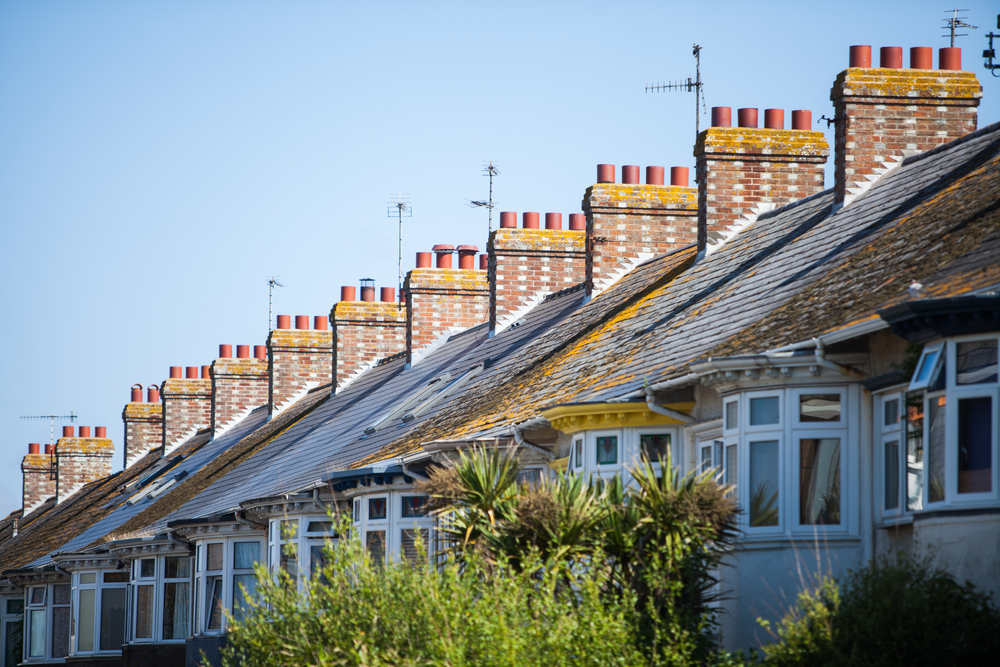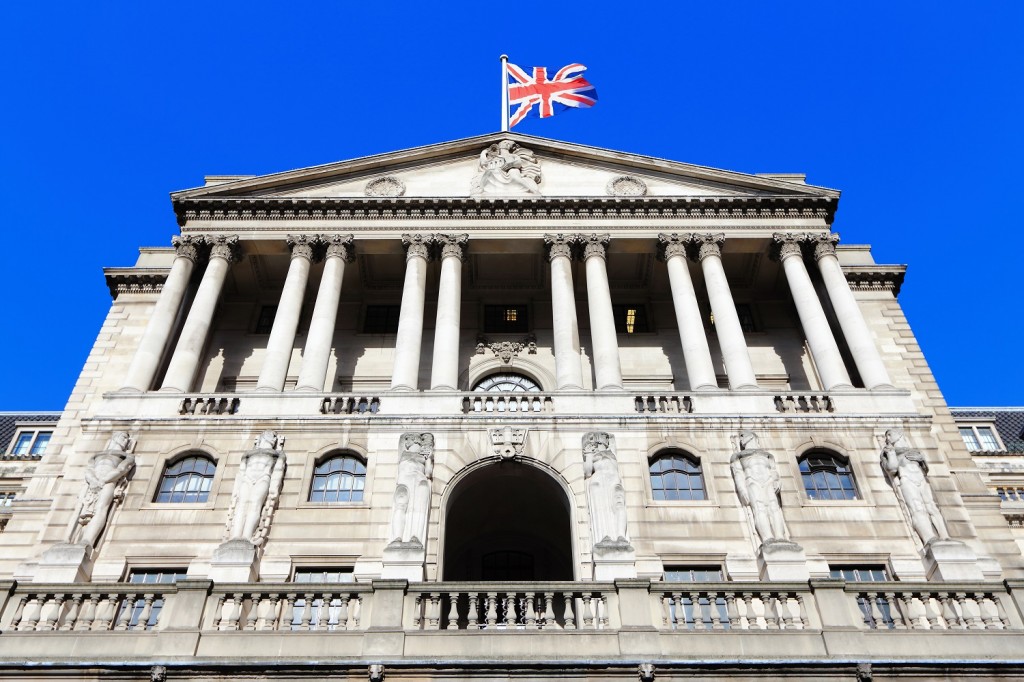
This extra levy increased the underlying stamp duty rate by 3 percentage points if this was not the buyer’s primary residential property – effectively pushing up the stamp duty charges on second home and buy to lets.
Research by Revolution Brokers shows that since 2016 the average stamp duty payment on a BTL property in England has increased by £11,848.
Prior to this change, the average stamp duty payment on a BTL in England was £1,953. A month later in April 2016, immediately after the rules changes were announced, this increased to £8,689 — an immediate increase of 345%.
Revolution says the average stamp duty paid on a buy-to-let purchase has now climbed to £13,801 — a 607% increase compared to the cost prior to these Government changes.
These increases mean that there is now a significant differential in the stamp duty charges paid those buying a property to let, and primary homebuyers. This difference varies significantly across the country.
Revolution Broker said the biggest difference was in the North East where stamp duty charges are 777% higher on a buy-to-let investment than for those purchasing a primary residence.
This is followed by Yorkshire & Humber (401%), the North West (384%), East Midlands (313%), and West Midlands (312%).
However, the research found there was an even larger increase in other UK nations, where there are similar schemes that impose higher tax charges on buy-to-let landlords.
In Northern Ireland, the stamp duty premium paid on a rental property is 624% higher than the charges paid for an initial house purchase. In Wales it is 894%, while it is 997% in Scotland.
Revolution Brokers founding director Almas Uddin says: “When the stamp duty rules were changed in 2016, it was a clear move by the government to try and deter landlords from snapping up property that could, in theory, be bought by a regular or first-time buyer.
“But despite BTL properties now commanding a hefty stamp duty premium regardless of where you’re looking to purchase, there is still a healthy appetite for investment within the sector and it remains a vital cog in the UK housing market, providing rental homes for the millions who require them.”



